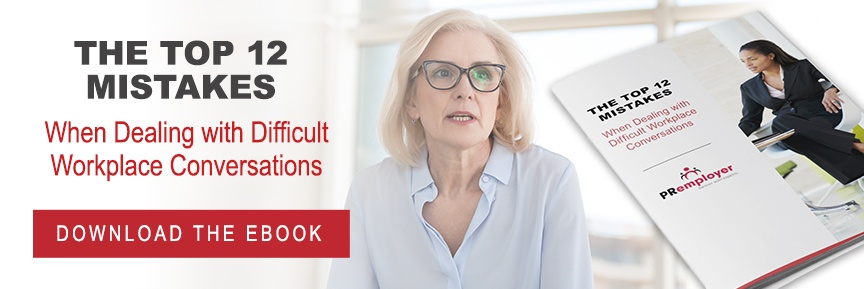
Professional Employment Organizations (PEOs) are instrumental in providing small- to medium-sized businesses across industries with valuable services, regulatory compliance assistance, and access to important employee benefits.
According to the National Association of PEOs, small businesses that utilize PEOs grow 7% to 9% faster, have 10% to 14% lower employee turnover, and are 50% less likely to go out of business than their counterparts. Despite these advantages, some businesses are hesitant to integrate a PEO because they worry it could result in a major shift to their company culture.
If you’re considering a PEO for your company, keep in mind that these entities aren’t designed to change your company’s culture but to enable you to achieve company goals at all levels in a more streamlined and efficient fashion. To stop the transition from interrupting your company culture, you should be aware of what elements will change, how to set expectations for that change, and how to communicate to your employees that the PEO’s solutions are purposefully geared away from affecting company culture. Here is what you should know about successfully contracting a PEO for your business:
Onboarding a New Provider
Whether you’re bringing on a PEO for the first time or switching providers, you have to figure out how to incorporate them into your company. Fortunately, the best PEOs in the industry understand different businesses have different needs. They will customize the onboarding process to your brand’s personal needs and preferences. For example, you may prefer to handle this process entirely through an online onboarding portal for ease and convenience. For other companies, it can be advantageous to bring the provider’s onboarding team onsite to introduce them to your unique systems, processes, and personnel.
Setting Employee Expectations
Any time you’re making a significant structural change—such as integrating a PEO—it’s important to communicate that to your employees so they can set the right expectations. Bringing on a new provider will always lead to a temporary change in how your company does things, but if people know what to expect and how it will affect their professional lives, they can be better prepared to adjust.
It generally takes about 30 to 45 days to work out all the bugs when you add a PEO, as they must familiarize themselves with extensive information relating to your company’s specific structures, processes, and personnel. Most changes that affect employees will come from getting used to new technology, though most PEOs use popular systems such as PrismHR. If your company set up certain systems, such as payroll, ten or more years ago, and the current staff can’t recall all the details related to set up, it may take even longer for the PEO to integrate.
Inform your employees that it could take a few weeks of demonstrations, running payroll, and handling other aspects of Human Resources before everyone becomes comfortable with the new processes.
Focusing on the Main Purpose of PEOs
Sometimes it can help just to stay focused on what your business stands to gain from integrating a PEO. When your PEO handles administrative burdens, you and other department heads will have more time and energy to spend on revenue-generating tasks necessary to run the company efficiently and profitably.
Rather than changing your company culture, the PEO will provide tools so you can operate at an optimal level while ensuring your employees are taken care of, and your business is in compliance with state and federal laws.
Ensuring Company Compliance
Companies who are already adhering to labor, anti-discrimination, and other laws will experience less change than those who are currently non-compliant. That’s not necessarily a bad thing—being non-compliant puts your company at risk of financial penalties, lawsuits, complaints, and other repercussions. A PEO can help eliminate this risk by bringing you into compliance, while only making changes as necessitated by the law.
Avoid PEO Panic
It is common for companies and employees to be worried about how integrating a PEO might affect their company culture. However, these worries stem from a misunderstanding about the primary role of such service providers. PEOs are not intent on changing how you do business—they just want to help you do it better by assisting with critical HR functions and responsibilities. That’s why 98% of PEO clients would recommend PEOs to other small- and medium-sized businesses.
When you integrate an industry-leading PEO like PRemployer, they will customize their onboarding process to best fit the needs of your company and facilitate as smooth a transition as possible.

